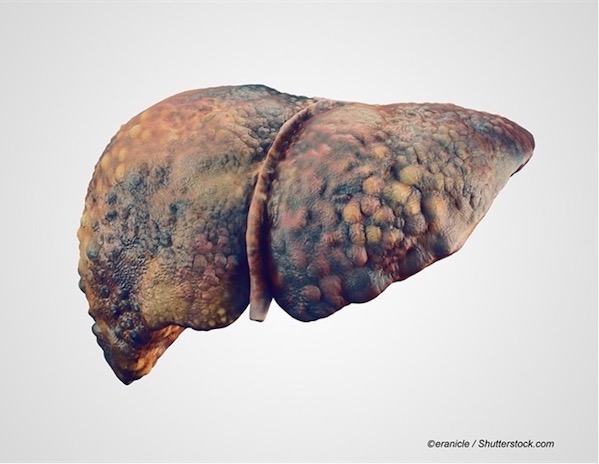Meta-analysis reports global prevalence of MAFLD of 38.8% in adults
August 21, 2023
Source: drugdu
 369
369

Non-alcoholic fatty liver disease (NAFLD) is a common condition that affects up to 30% of adults in the general population. It is characterized by the accumulation of fat in the liver. It is often associated with other conditions, such as obesity, type 2 diabetes, and metabolic syndrome. The new definition of metabolic dysfunction-associated fatty liver disease (MAFLD) was proposed in 2020. MAFLD is diagnosed based on hepatic steatosis (fatty liver) and at least one of three metabolic risk abnormalities: overweight/obesity, type 2 diabetes, or evidence of metabolic dysregulation.
A recent meta-analysis led by Ming-Hua Zheng from the First Affiliated Hospital of Wenzhou Medical University has reported a global prevalence of MAFLD of 38.8% in adults. MAFLD can progress to cirrhosis and promote the development of some critical extrahepatic diseases, such as cardiovascular disease and chronic kidney disease.
MAFLD is a severe condition that can lead to cirrhosis and other health problems. There is no cure for MAFLD, but there are treatments that can help to manage the condition and prevent complications. Treatments for MAFLD typically focus on lifestyle changes, such as losing weight, eating a healthy diet, and exercising regularly.
Chronic kidney disease (CKD) is a serious condition affecting millions worldwide. CKD is characterized by a progressive loss of kidney function. It can cause a significant increase in morbidity and mortality. In 2017, the global prevalence of CKD was estimated to be around 9%.
A growing body of evidence suggests that MAFLD may be a risk factor for CKD. MAFLD is a condition that is characterized by the accumulation of fat in the liver. It is often associated with other conditions, such as obesity, type 2 diabetes, and metabolic syndrome.
A recent meta-analysis of observational studies found that people with MAFLD were more likely to develop CKD than people without MAFLD. The meta-analysis included data from over 1 million people. This study supplies further evidence that MAFLD may be a risk factor for CKD.
The researchers found that people with MAFLD were 20% more likely to have CKD than people without MAFLD. The risk of CKD was even higher in people with more severe MAFLD. The researchers say that MAFLD could be a target for the prevention and treatment of CKD. They also say that more research is needed to confirm their findings and to understand the mechanisms by which MAFLD may contribute to the development of CKD.
Reference:
https://www.news-medical.net/news/20230818/Meta-analysis-reports-global-prevalence-of-MAFLD-of-38825-in-adults.aspx
Read more on
- With the Most Favored Nation (MFN) drug price negotiations concluded, what are the gains and losses for both sides? December 23, 2025
- 49.3 billion! China’s top-selling innovative drug emerges December 23, 2025
- Subsidiary’s Delafloxacin Meglumine for Injection Obtains Marketing Authorization December 23, 2025
- Self-developed Anti-cancer Drug HS387 Tablets Receive US Clinical Approval, Advancing Domestic and International Trials on Dual Tracks December 23, 2025
- Warner Pharmaceuticals obtains drug registration certificate for isoproterenol hydrochloride injection December 23, 2025
your submission has already been received.
OK
Subscribe
Please enter a valid Email address!
Submit
The most relevant industry news & insight will be sent to you every two weeks.



